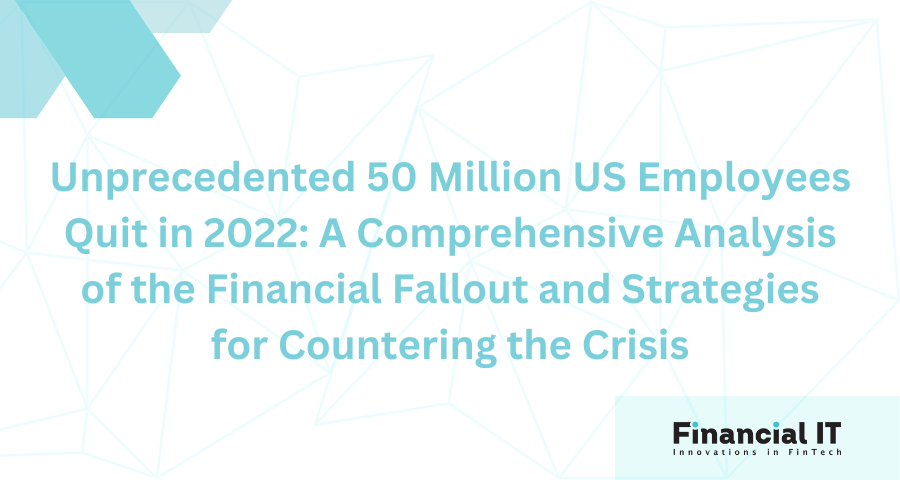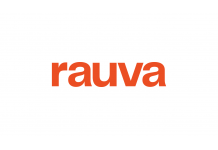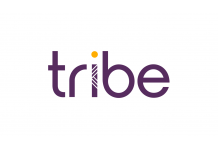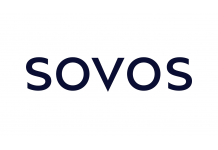Award-winning FinTech Rauva Completes its Senior...
- 10.10.2023 09:35 am
ClearBank Group Holdings Appoints Four Non-executive...
- 03.10.2023 10:30 am
MorganAsh Strengthens Support for Financial Services...
- 27.09.2023 08:05 am
Revolut Hiring for New Roles to Drive the Development...
- 21.09.2023 09:35 am
Tribe Payments Extends Team with Two Key Senior Hires
- 12.09.2023 10:30 am
Sovos Bolsters Executive Team to Drive Innovation and...
- 06.09.2023 03:20 pm
Fintech and E-money Institution Andaria Boosts...
- 24.08.2023 10:05 am
GFT Appoints AWS Veteran to Scale Cloud-Based...
- 28.07.2023 12:00 pm
Reward Finance Group Launches Wellness Team to Support...
- 13.07.2023 02:55 pm
Consumer Climate Finance Platform Pyrpose Bolsters...
- 11.07.2023 02:20 pm
Blackfinch Group Hires Finance Lawyer Tom Marshall to...
- 28.06.2023 11:05 am
Lenders Cooperative Grows Executive Team With...
- 20.06.2023 03:40 pm






















